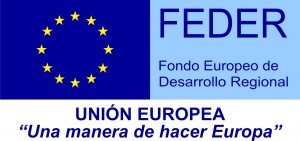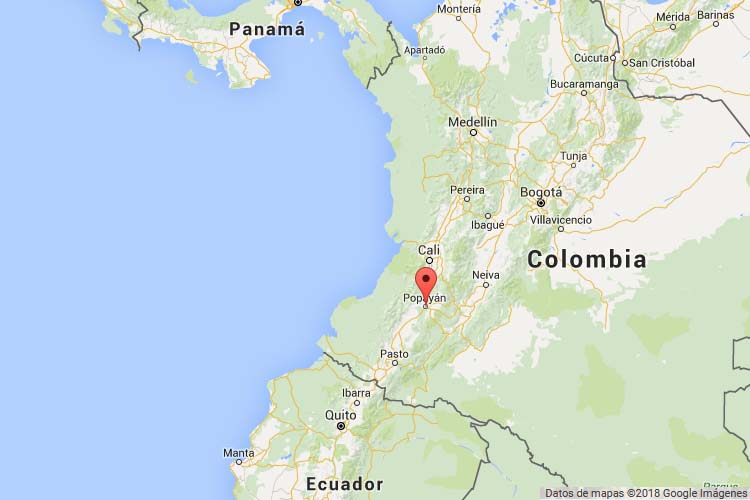The discovery and exploitation of gold in Antioquia and Chocó presented some difficulties for the Santa Fe mint, given the distances involved. Thus, in 1712, the Crown sent the New Kingdom of Granada a royal decree that consulted the need and convenience of establishing a new mint, this time in Popayán. By Royal Decree dated June 29, 1729, the city council was authorised to found a Mint (Casa de Moneda) on the condition that it was built and operated at the expense of the benefited city, but this could not be carried out due to a lack of funds. Shortly afterwards, Martín de Arranchea, a resident of the city, requested this permission, promising to assume all the expenses. However, it was blocked by José Prieto Salazar, treasurer of the Santa Fe mint, arguing that he had received authorisation from the king to establish one or more mints in the New Kingdom.
Prieto's attitude did not allow the mint to be established in Popayán until 1749, when the king responded to an offer made by Pedro Agustín de Valencia. By Royal Decree of 15 August, he was granted authorisation to establish the Mint (Casa de Moneda), appointing him Treasurer and with the power to choose the first accountant, cutter, and balance judge. When Valencia had almost completed the building, José Prieto's widow objected to Valencia's appointment on the grounds that the permission granted to her late husband was a privilege that belonged to her family. The viceroy, concerned that he was in breach of royal regulations, ordered Valencia in May 1752 to suspend the work.
However, Valencia had not been satisfied with the closure ordered by the viceroy and had appealed to the court, which responded with a new Royal Decree dated 27 November 1756 reiterating the desire and royal authorisation for the mint to be established in Popayán. Little more than a year later, the Popayán Mint (Casa de Moneda) was completed and ready for production. It was equipped from the outset with mills for the minting of coins by handwheel. On the 8th of February 1758 the first coin was minted, which was a piece of two escudos; the first ounce on the 6th of April; on the 8th the half ounce and finally, on the 24th, an escudo.
By Royal Decree of Charles III on 16 November 1761, the Mint (Casa de Moneda) was ordered to close due to the damage it was causing to the Royal Treasury. Finally, in response to the demand from Quito, which was being supplied by the mint, the King ordered its reopening by Royal Decree on 23 August 1766. It was officially opened in February 1767.
By Royal Decree of 12 September 1770, the Mint (Casa de Moneda) was incorporated into the Crown. Pedro Agustín de Valencia was once again appointed treasurer and obtained the title of Count of Casa-Valencia.
During the emancipation of the American colonies (1810-1816), the patriots occupied Popayán several times until it was finally reconquered by General Juan Samano on 13 May 1816. Despite this, the mint continued to always mint coins with Ferdinand VII’s mintmarks. In 1813 the patriots minted emergency coins of 1/2, 2 and 8 copper reales, without naming the king in their legend, but with the name of the royalist country ''Nuevo Reyno de Granada'' (New Kingdom of Granada).
The Popayán Mint (Casa de Moneda) was in the hands of the royalist government of the Crown until the independence of Popayán on July 14, 1820, when the patriot leader General Manuel Valdés made his triumphal entry. Marshal Juan de la Cruz Mourgeon, appointed president of the Royal Court of Quito, assembled an army of 800 men for the recovery of New Granada and landed at Atacames, in what is now the Ecuadorian province of Esmeraldas, on 28 November 1821, and headed for Quito, where he made his entry on 24 December. On 26 December he ordered the transfer of the machinery and tools of the Mint to Quito, with the intention of preventing them from falling into the hands of the insurgents. José María Satisával, director of the Mint (Casa de Moneda), was at that time in Pasto, directing the evacuation of the Mint (Casa de Moneda) to that city. As he reported to Mourgeon on 1 January 1822, the equipment had already left Popayán, including the small flywheel for making small change. The large flywheel and the milling machines, due to their great weight and difficulty of transport, were left at the Mint (Casa de Moneda). On 15th January the director was ordered to go to Pasto, where he apparently arrived on 22nd January.
The Popayán mint was closed, dismantled and completely inactive, until Francisco de Paula Santander reactivated it on 22 July 1822. He began to mint coins with the new dies for making dies, which had been delivered to him in September 1822. Finally, in 1908, it was converted into a military regimental accommodation building.
The Popayán Mint
| South America | |
| Colombia | |
| Cauca | |
| Popayán | |
| 1758 | |
| 1822 |
Historical review
Actual state
The Casa de Moneda was located on the corner of Calle 4 and Carrera 11 and was initially built on one floor in 1729 by Pedro Agustín Valencia and plans by Antonio García. At the end of the 19th century, it had more than 80 m of façade and two floors. From the 20th century onwards, it became a military building and then a police building. It underwent several modifications to house the troops of the Junín Battalion and the location of administrative areas. During this period, the main entrance was relocated to the centre of the façade to give the building more balance, and two watchtowers were installed: one on the corner where the city's roads converge and the other on the border with the Monastery. On the other hand, the five cobbled courtyards that the house used to have, with brick row designs, were reduced to three large courtyards built in concrete.
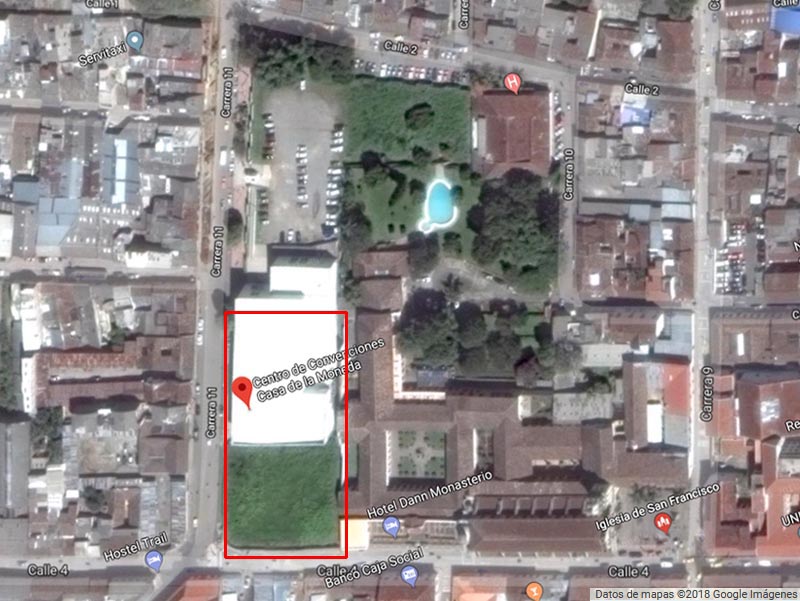
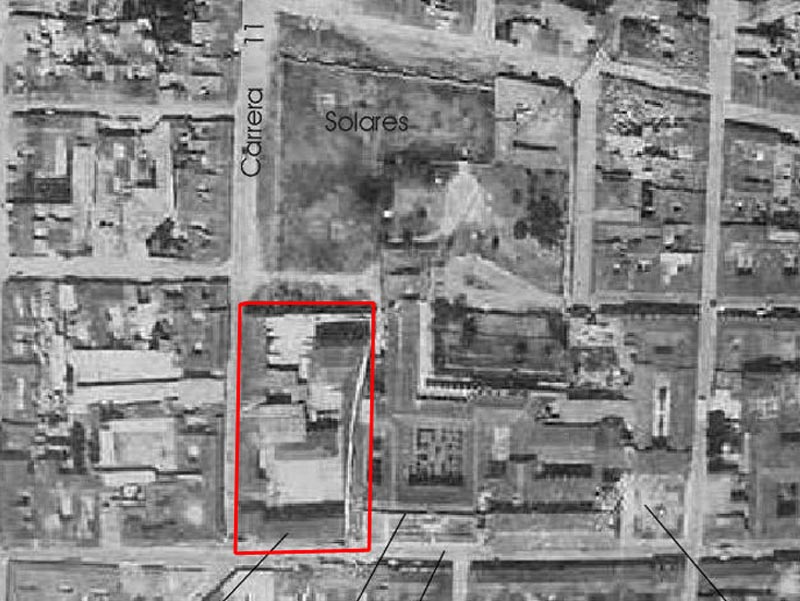
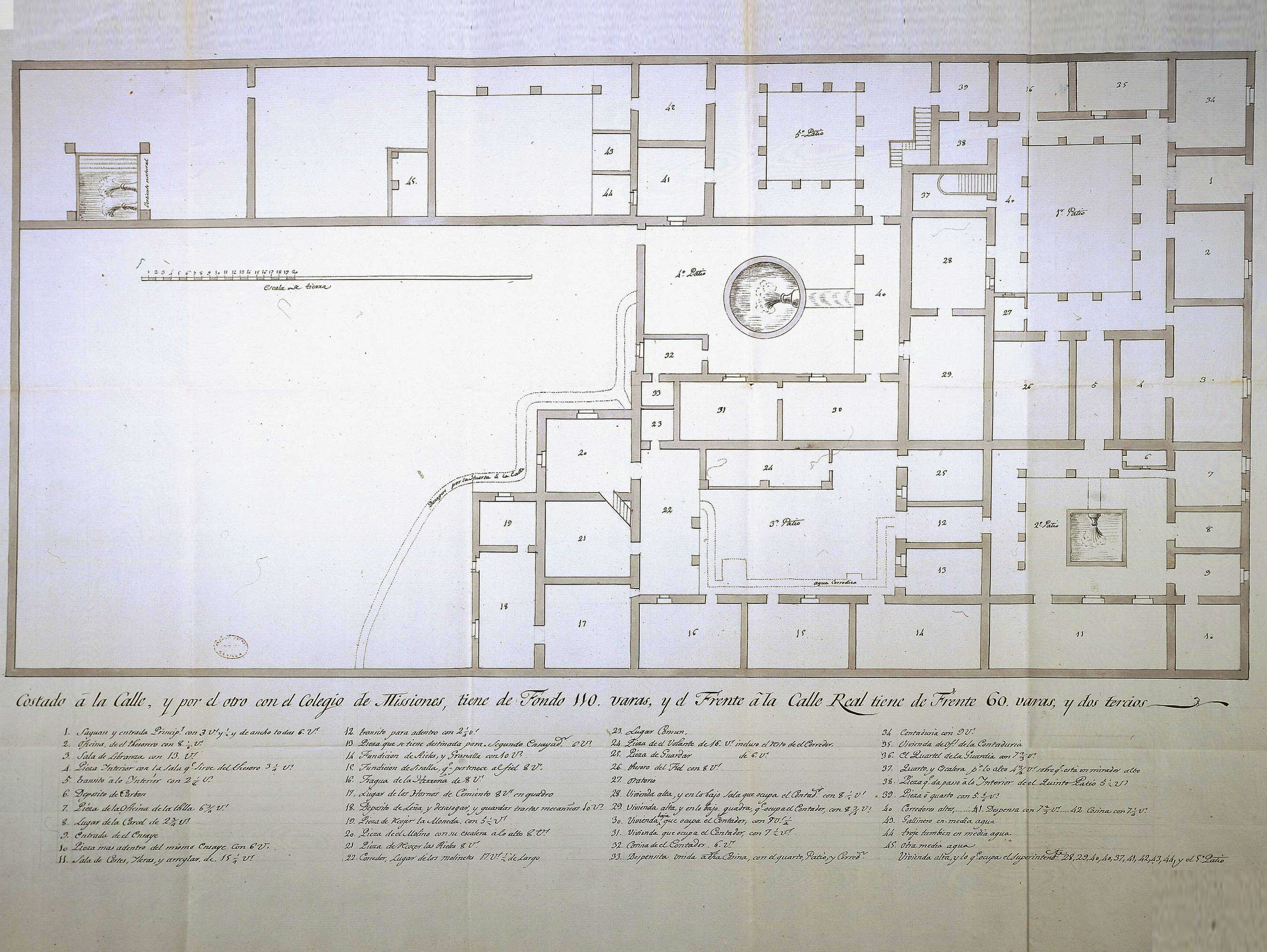
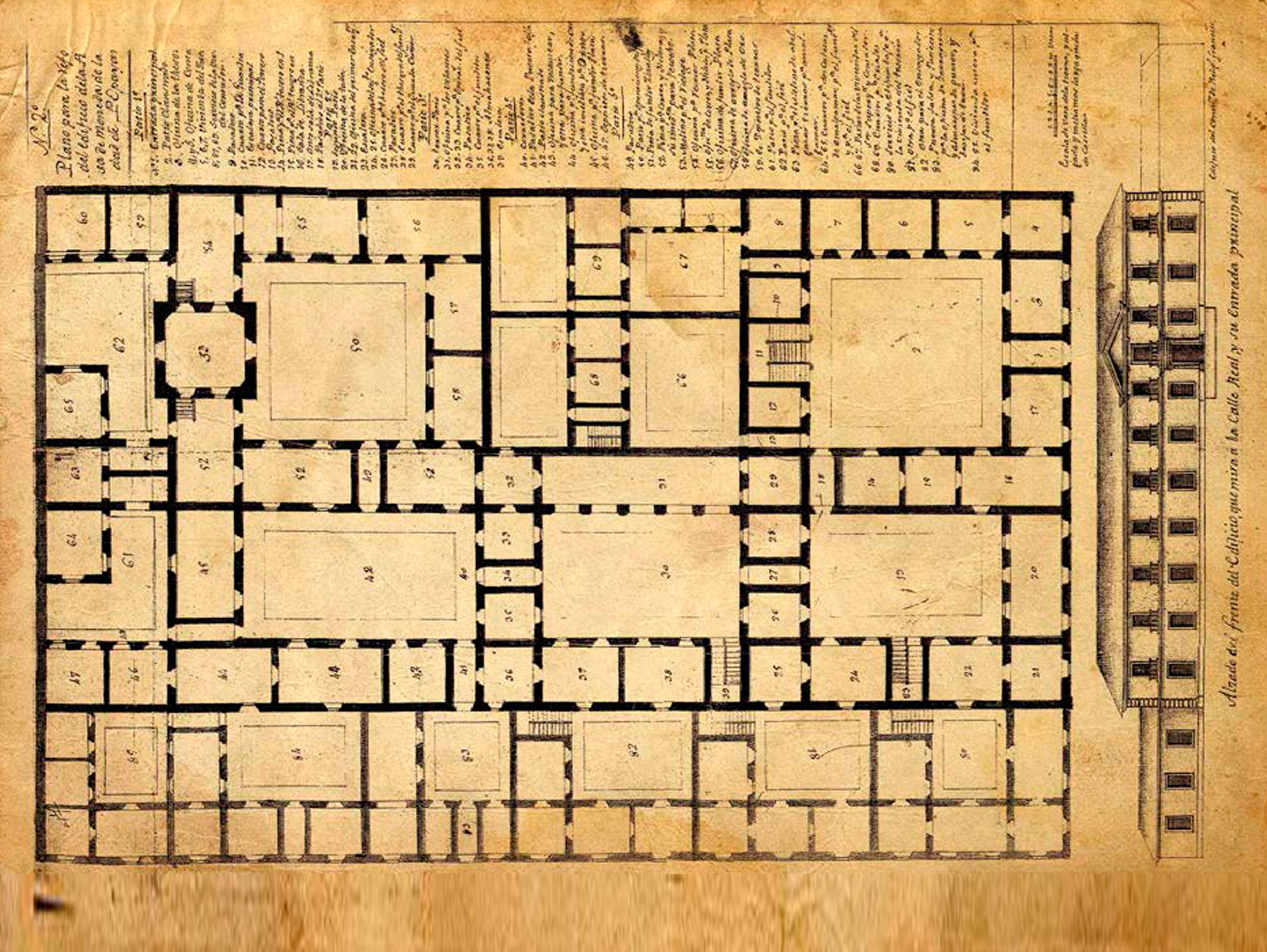
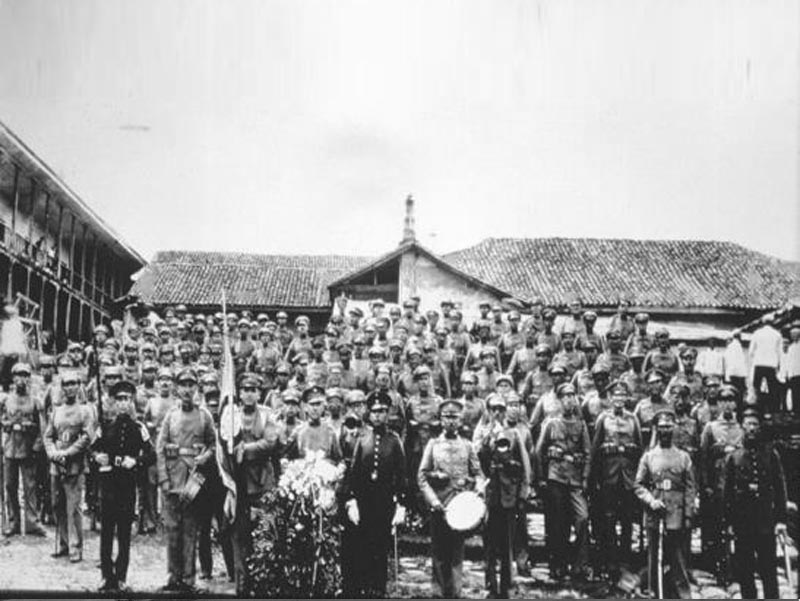
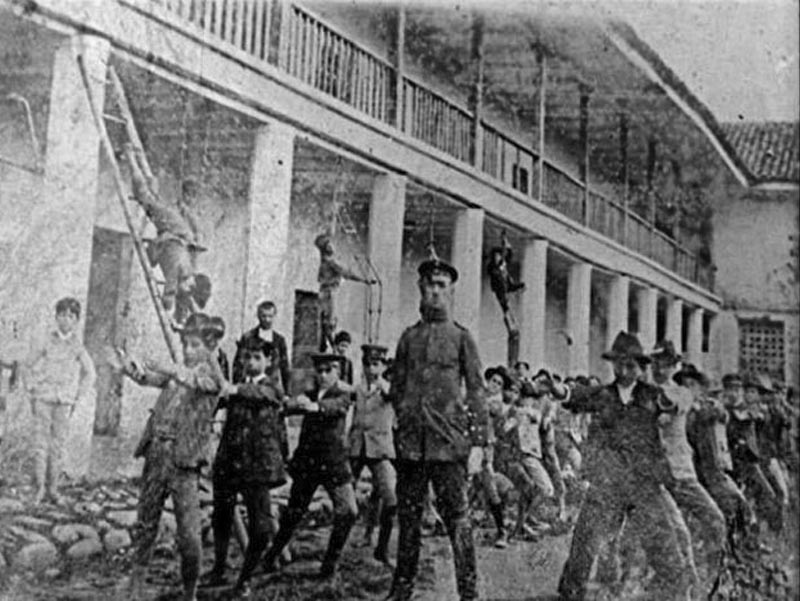
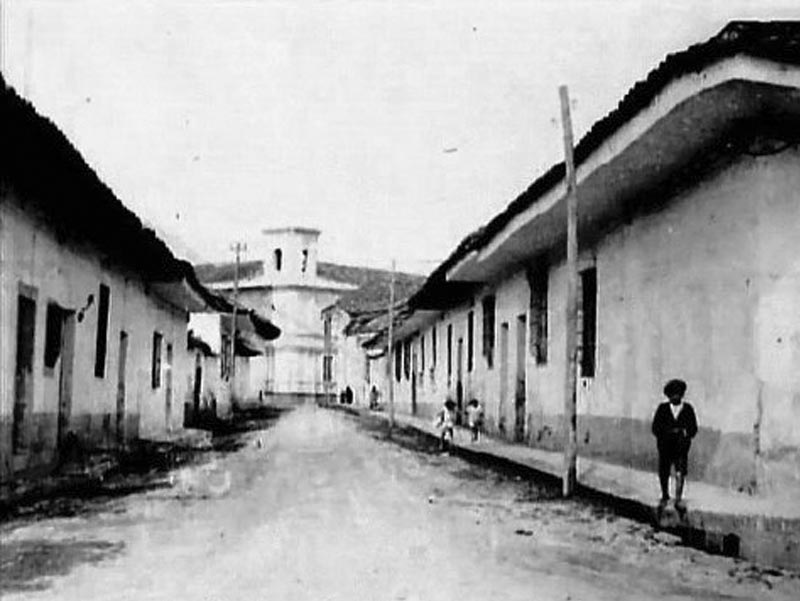
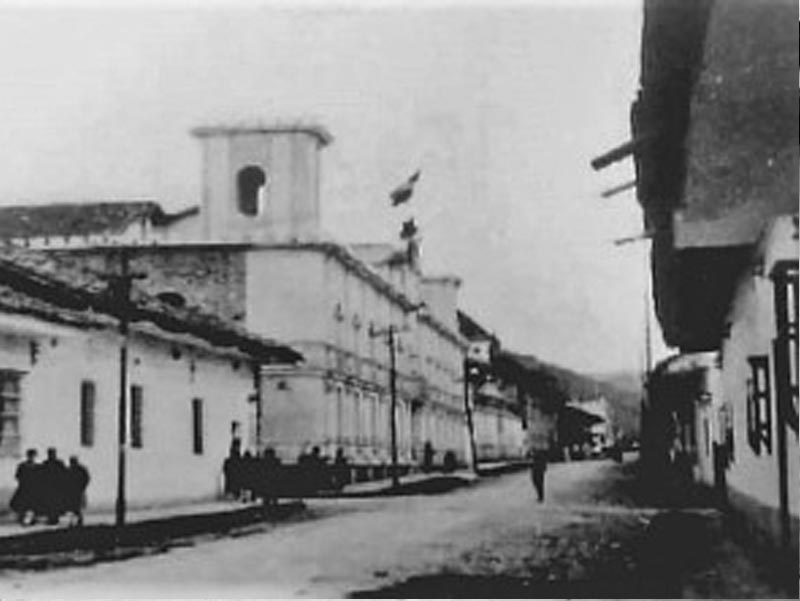
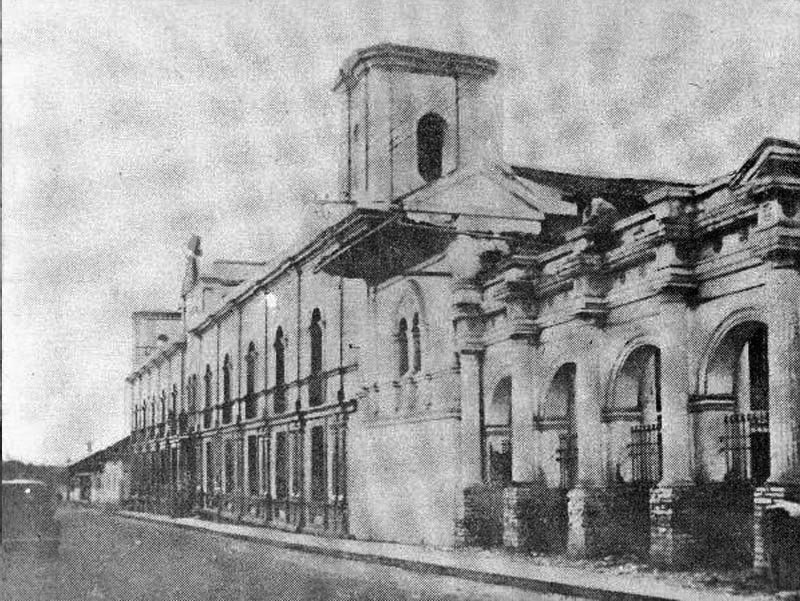
On 31 March 1983, the Popayán region was hit by an earthquake measuring 5.5 Richter. Approximately 6,800 houses and buildings, mostly located in the historic area, were demolished that day. The building was left in such poor structural condition that its owners decided to demolish it. Finally, once the land was levelled, it became the property of Caucatur S.A. in 1994 and later, in 1998, to the Gobernación del Cauca. Since that time, it has been used as a car park.
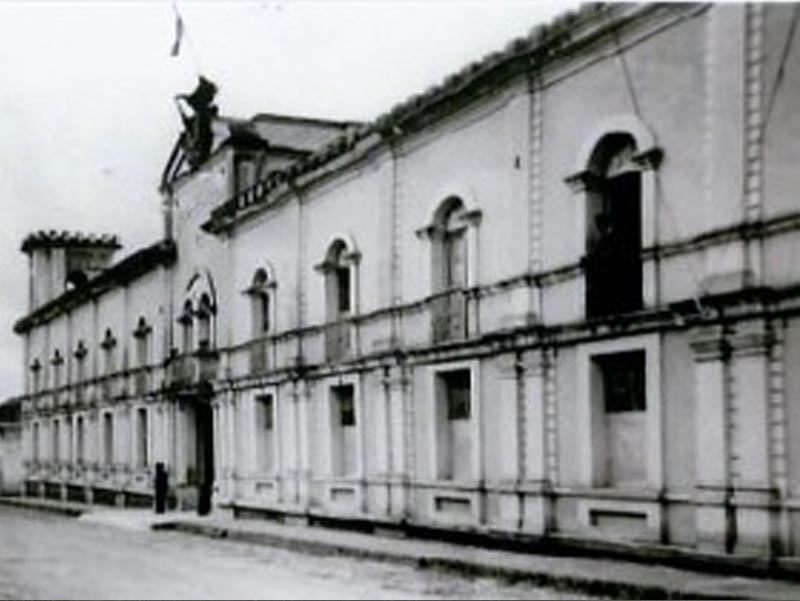
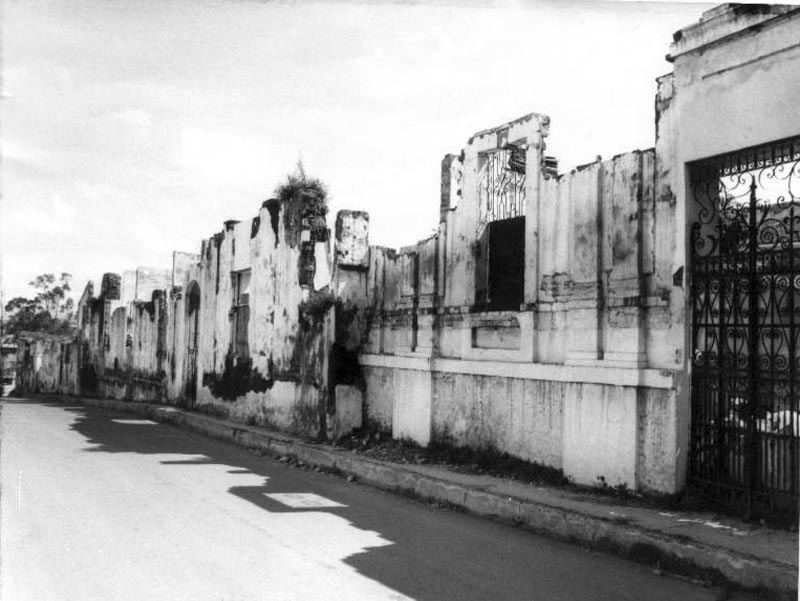
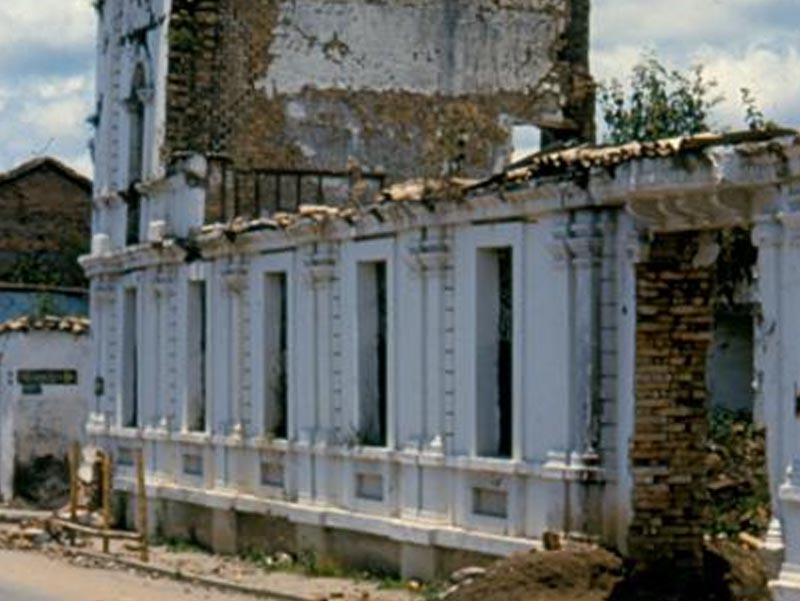
Currently, the "Centro de Convenciones y Exposiciones de Popayán" has been built on part of the land where the Mint (Casa de Moneda) used to stand, the rest of the site remains unbuilt.
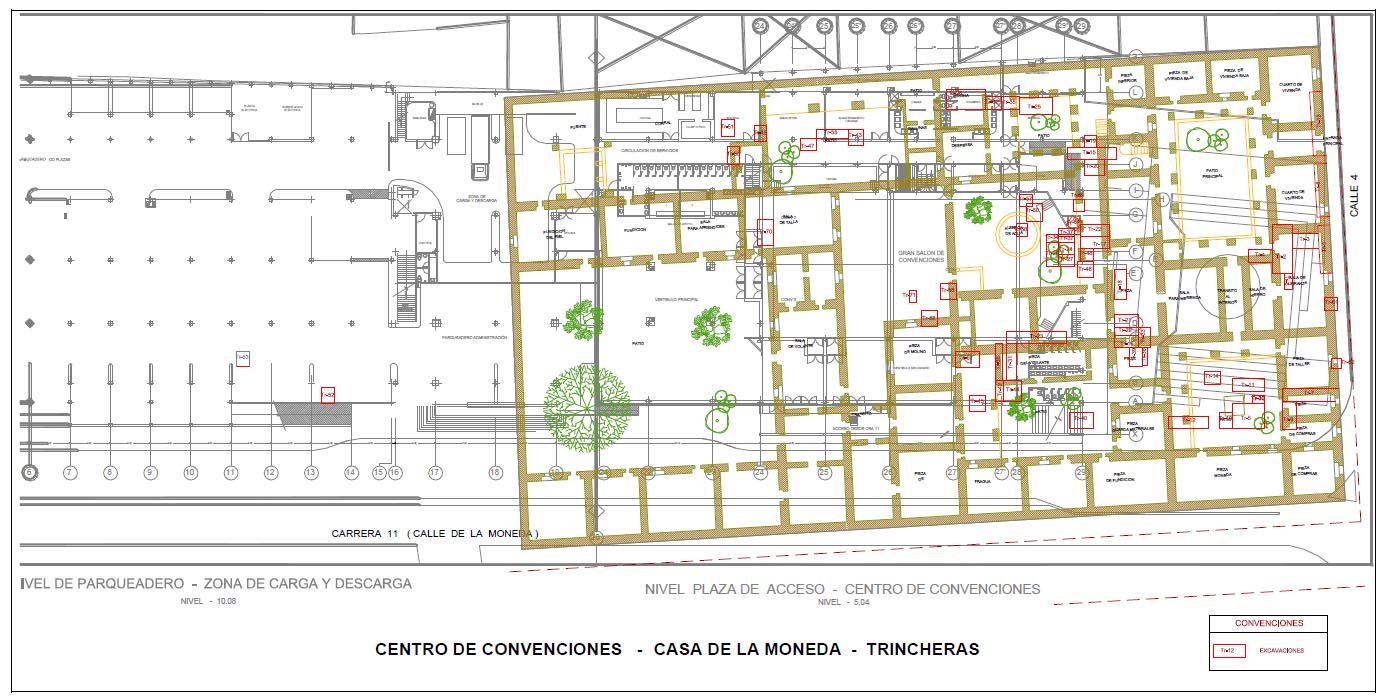
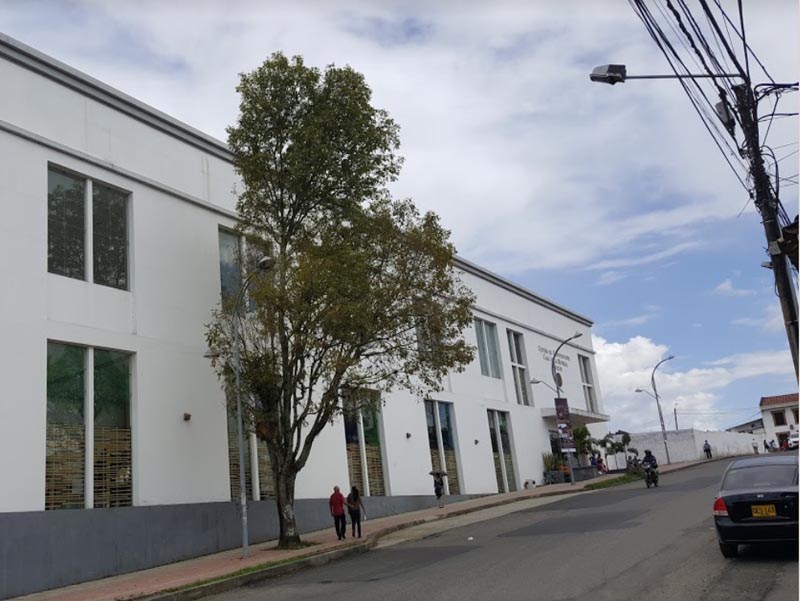
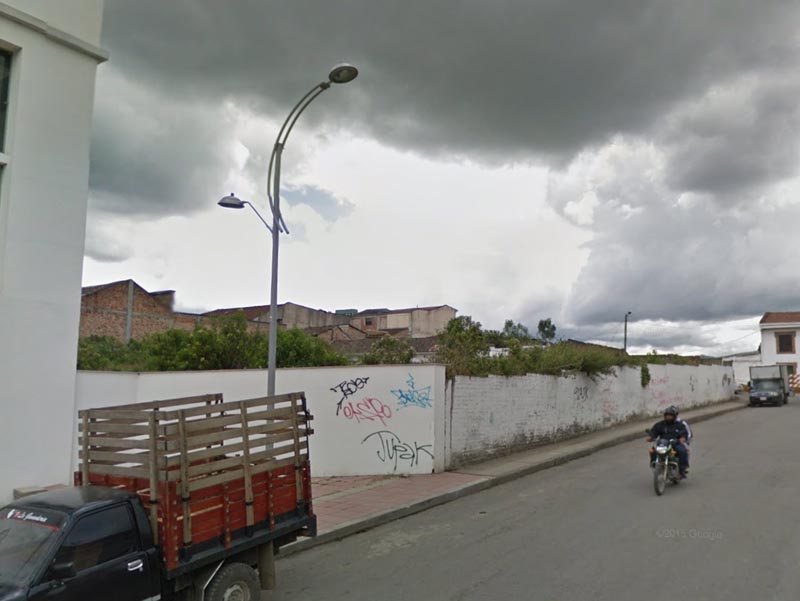
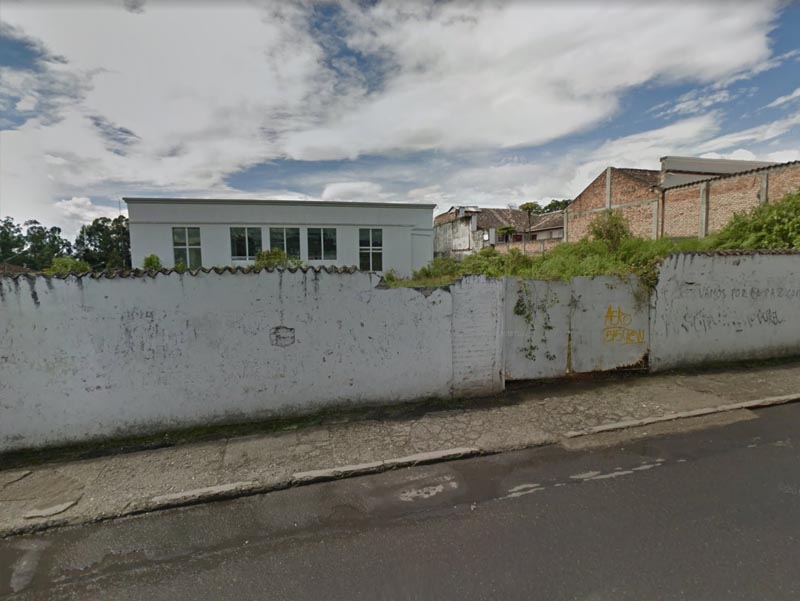
An archaeological investigation was carried out in 2007, in which important traces of the city's colonial engineering were found. The study was carried out for six months on the site where the Mint (Casa de Moneda) was located, next to the Hotel Monasterio. The excavations were carried out on different architectural and civil engineering elements and deposits of cultural materials from different periods from the Colonial and New Granada periods to the present day.
The study was carried out by archaeologists Marta Cecilia Hernández and Xiomara López, from the University of Cauca, and by the students of the Research Group, directed by anthropologist Diógenes Patiño.
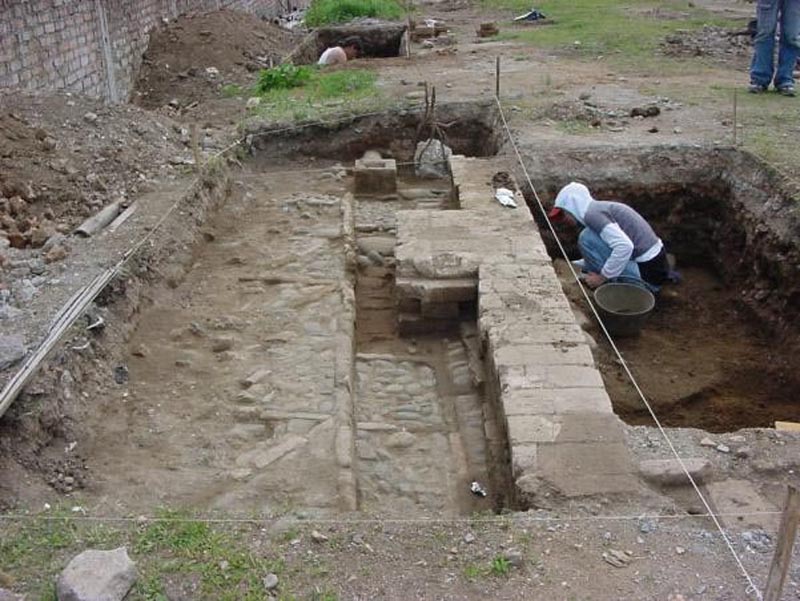
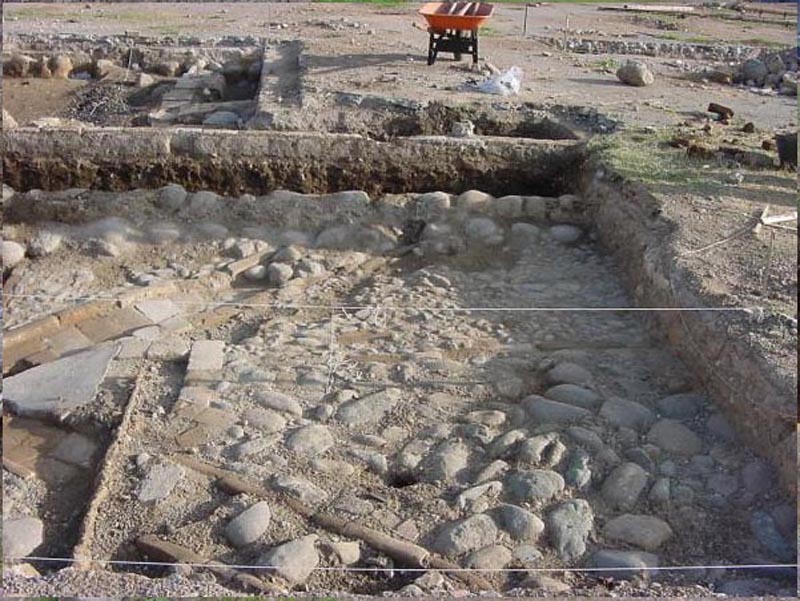
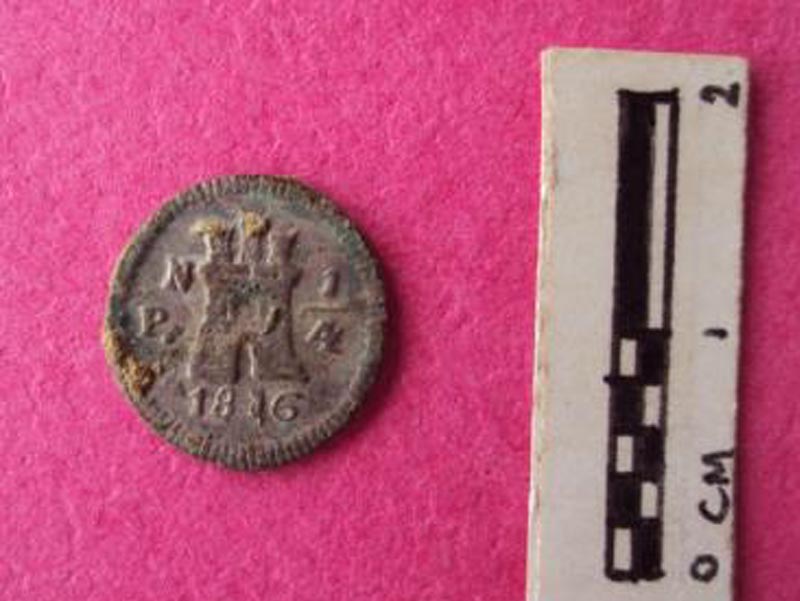









On 31 March 1983, the Popayán region was hit by an earthquake measuring 5.5 Richter. Approximately 6,800 houses and buildings, mostly located in the historic area, were demolished that day. The building was left in such poor structural condition that its owners decided to demolish it. Finally, once the land was levelled, it became the property of Caucatur S.A. in 1994 and later, in 1998, to the Gobernación del Cauca. Since that time, it has been used as a car park.



Currently, the "Centro de Convenciones y Exposiciones de Popayán" has been built on part of the land where the Mint (Casa de Moneda) used to stand, the rest of the site remains unbuilt.




An archaeological investigation was carried out in 2007, in which important traces of the city's colonial engineering were found. The study was carried out for six months on the site where the Mint (Casa de Moneda) was located, next to the Hotel Monasterio. The excavations were carried out on different architectural and civil engineering elements and deposits of cultural materials from different periods from the Colonial and New Granada periods to the present day.
The study was carried out by archaeologists Marta Cecilia Hernández and Xiomara López, from the University of Cauca, and by the students of the Research Group, directed by anthropologist Diógenes Patiño.



Source: Las Casas de Moneda Españolas en América del Sur, (Eduardo Dargent); Arqueología histórica: La ceca o casa de la moneda de Popayán. (Diógenes Patiño C; Martha C. Hernández; Xiomara López); Memoria sobre amonedación de oro y plata en la Nueva Granada desde 12 de Julio de 1753 hasta 31 de Agosto de 1859. 1860 (Jose Manuel Restrepo); Historia Numismática del Ecuador, Quito, Banco Central del Ecuador, 1977.
Type of coinage
| Period | Gold | Silver | Copper | |
|---|---|---|---|---|
| Fernando VII | 1808-1833 | |||
| Carlos IV | 1788-1808 | |||
| Carlos III | 1759-1788 | |||
| Fernando VI | 1746-1759 | |||
Source: eNumismatic (José David Rodriguez Soage).
Mint die-sinkers and assayers
| Mark | Period | Names |
|---|---|---|
| J | 1758-1771 | Juan Corchero |
| JS | 1772-1776 | Juan Corchero - Stanislao Delgado |
| SF | 1776-1791 | Stanislao Delgado - Francisco Fernando de las Caxigas |
| JF | 1792-1804 | Juan Camilo Delgado - Francisco Fernando de las Caxigas |
| JT | 1804-1805 | Juan Camilo Delgado - Tomás de la Rada |
| JF | 1805-1816 | Juan Camilo Delgado - Francisco Mariano de Rada |
| F | 1816 | Francisco Mariano de Rada |
| FM | 1816-1820 | Francisco Mariano de Rada - Manuel María Quijano |
| MF | 1819,1820 | Manuel María Quijano - Francisco Mariano de Rada |
| FR | 1820 | Francisco Mariano de Rada - Mariano Álvarez Ramírez |
Source: Noticias de la Casa de Moneda de Popayán y sus ensayadores. (Francisco de Paula Pérez Sindreu), 1999; Corrección ensayadores JF según datos del Archivo Central del Cauca: sig. 11824, 11778 (Jose David Rodriguez Soage).
Author:
2021-10-01 .
